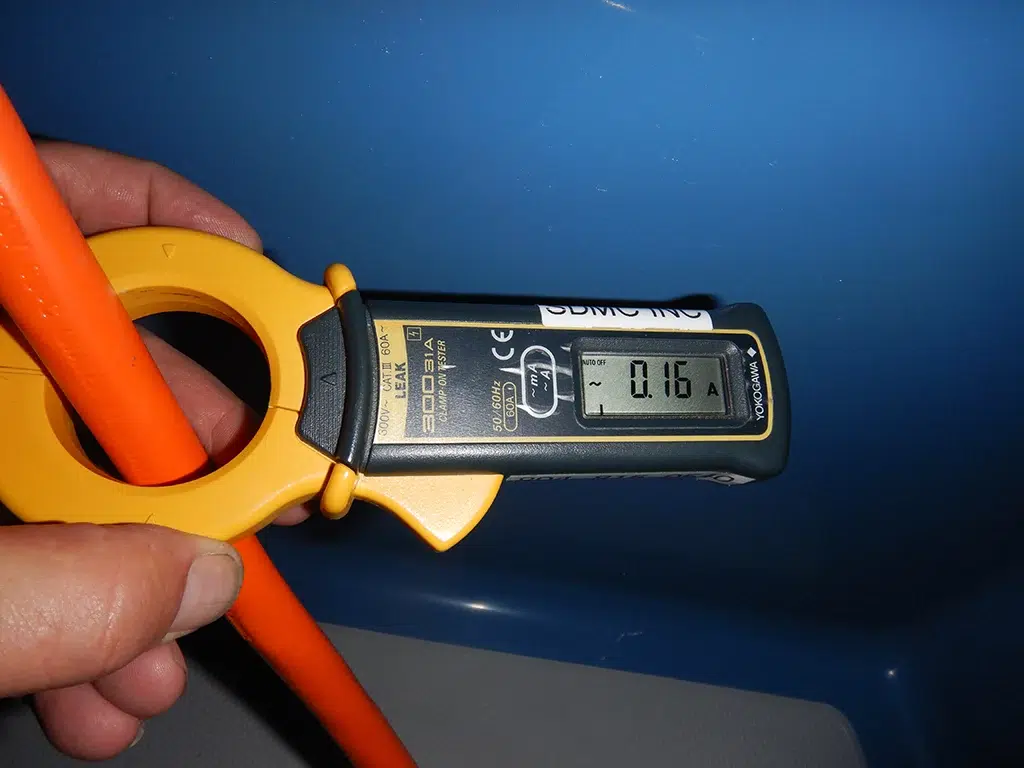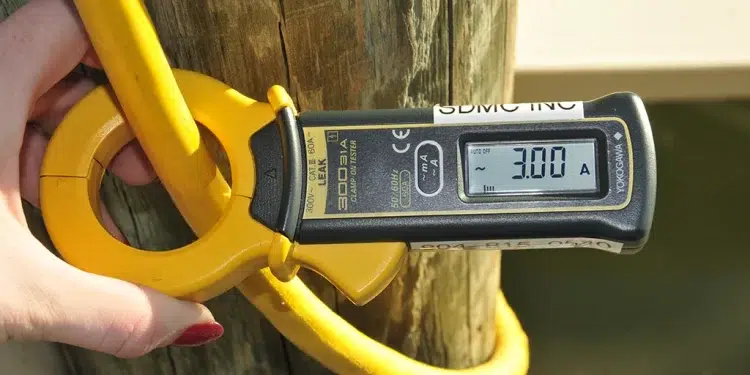The Truth About Hertz
Foreign shore power and safety
It’s easy to take shore power safety for granted—almost every dock has it. Plug in, flip the breaker and your battery charger, and AC-powered appliances are up and running. What happens, however, if you head to a region where shore power isn’t quite the same as it is at home?
Shore Power 101
In North America and some other parts of the world, the most common shore power scenarios are 120 volts AC (alternating current) at 30 amps and 60 Hz (more on that in a moment), often referred to as “single phase” or 120/240 volts AC at 50 amps and 60 Hz, known as “split phase.” In some marinas, especially those in areas with older infrastructure, split phase power might be 120/208 volts AC. You might also encounter 120 volts AC at 50 amps single phase, but that’s not very typical. Outlets aboard vessels, like those in homes, are normally 120 volts, while larger appliances, such as air conditioners and ovens, often operate on 240 volts AC.
The amperage determines how much work can be done by a shore power service. Smaller vessels, up to about 40 feet, with lower power needs, are usually equipped with one or two 120 volt, 30-amp cords. Larger vessels are more power hungry, and thus, they typically utilize one or two 120/240 volt, 50-amp cords.
Shore power frequency, the 60 Hz (which stands for Hertz, sometimes called cycles) part, is the standard in North America. Among other things, frequency determines the speed at which AC-powered motors, fans, and compressors turn.
Shore cord ends are unique to each configuration, making it impossible to plug into the wrong power source.
Foreign shore power, that which you might encounter in most other parts of the world, including some Caribbean islands, typically consists of 230 volts AC, 16 or 32 amps, and 50 cycles. Smaller vessels generally utilize 16-amp service, while larger vessels utilize 32-amp power supplies, and their dock pedestal outlets and cord ends are also unique to their power supplies and not interchangeable with North American cord arrangements.
The two systems described above are often abbreviated and referred to by boatbuilders and industry professionals as “60 Hz” and “50 Hz,” respectively.
Understanding the Basics of Shore Power: A Global Perspective
If your vessel is equipped with any of the previously mentioned North American 60 Hz shore power arrangements, can you simply use an adapter to plug your cord into a foreign 50 Hz pedestal using a cord end adapter? In short, with some exceptions which I’ll explain, the answer is no. The voltage and frequency are incompatible.
If your vessel is equipped with a shore power transformer, and one that’s designed to operate on 60 Hz or 50 Hz (not all are dual frequency), it may be possible to plug a 60 Hz vessel into 50 Hz service simply using a cord end adapter. However, transformers only convert voltage and not frequency, so any frequency-sensitive equipment aboard the vessel might not work or work improperly, or it might be damaged.

Equipment that includes a motor or compressor, designed to operate on 60 Hz, will run slower, and often hotter, when powered by 50 Hz, which will likely shorten its life. Frequency-sensitive gear includes most galley appliances, washers and dryers, and many, but not all, air conditioning systems (some are designed to run on 50 Hz or 60 Hz). Gear that’s not frequency sensitive includes water heaters and most electronic equipment like TVs, computers, phones, most lights, tablet chargers, etc.
One solution involves using a frequency converter, which converts both voltage and frequency, allowing you to plug into almost any shore power source. It provides power that is appropriate for your vessel and its systems. These are bulky, heavy, expensive, and they generate substantial heat, but they do offer a simple means of plugging in essentially anywhere.
Another alternative involves using a battery charger that operates on 50 Hz or 60 Hz and has a wide voltage input range (these are now common) and an inverter. With this arrangement, when your 60 Hz vessel arrives in a 50 Hz port, you plug in using a shore cord adapter and energize only the battery charger, which supplies power to the battery bank and the inverter, which, in turn, supplies 60 Hz power to your vessel’s electrical consumers.
Only the size of the inverter, charger, and shore power capacity limits how much gear can be operated, and even if shore power is limited, the battery bank can act as a buffer during periods of higher demand. This approach should include specific switch gear that prevents you from inadvertently energizing the entire vessel with 50 Hz power, directing it instead only to the battery charger.
Shore Power Safety
Regardless of whether you are operating in a 50 Hz or 60 Hz environment, shore power can be dangerous and even deadly, both for those aboard the vessel and in the water. First and foremost, under no circumstances should anyone swim around vessels or docks that are energized with shore power. Current leaking into the water can lead to a phenomenon known as Electric Shock Drowning (ESD).
Outlets located in the galley, head, machinery spaces, and on deck must be of the Ground Fault Circuit Interrupter (GFCI) variety. With a few exceptions, and for compliance with standards established by the American Boat and Yacht Council (ABYC), the primary shore power inlet aboard every vessel built after 2008 should be protected by an Equipment Leakage Circuit Interrupter (ELCI), which essentially operates like a GFCI for the entire vessel. Adoption of the ELCI standard has been driven mainly as a means of preventing in-water electrocution and ESD. The ELCI trips at a higher threshold, 30 milliamps, than the GFCI, which trips at 5 milliamps. Therefore, it is technically deemed a protector of equipment rather than people; however, in practice, it has saved countless lives.
Finally, if you have any doubt about the safety of your vessel’s electrical system and wish to have it inspected, or if you are contemplating a foray into 50 Hz waters which will necessitate modifications to your shore power safety, you should only rely on the services of an ABYC-certified electrician.
-by Steve D’Antonio














